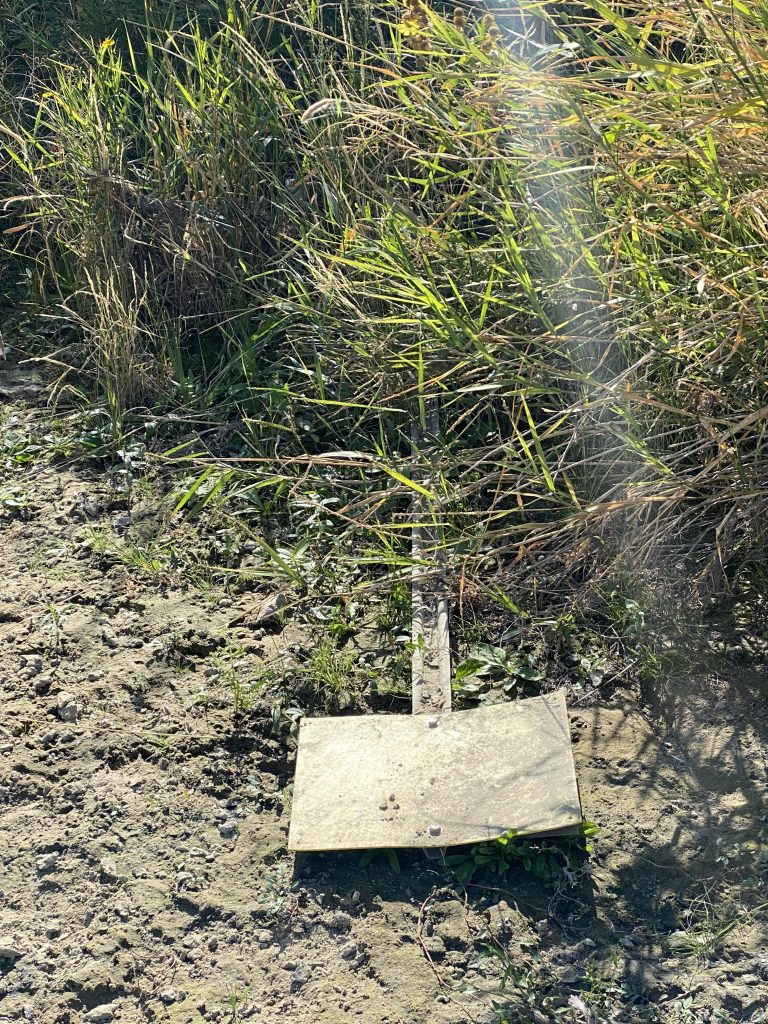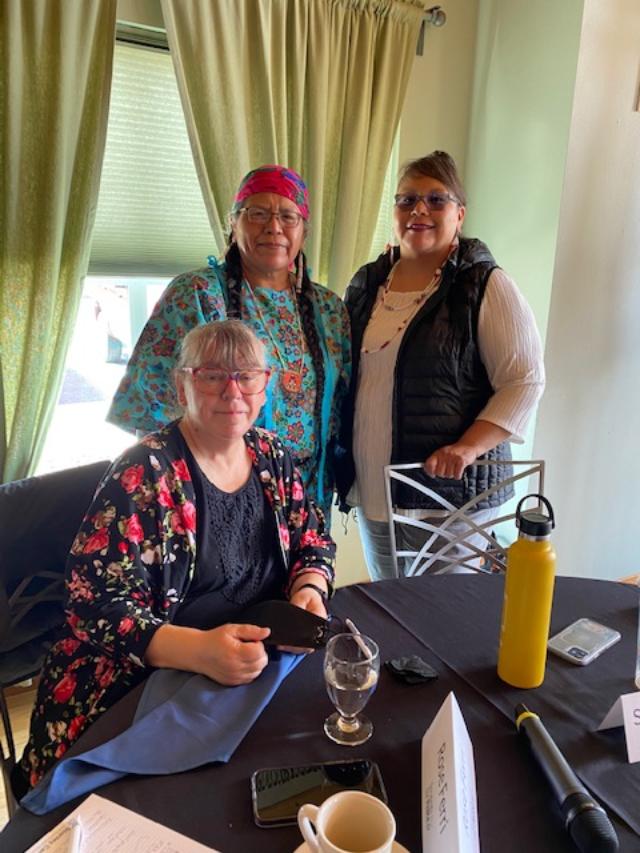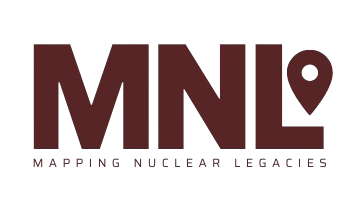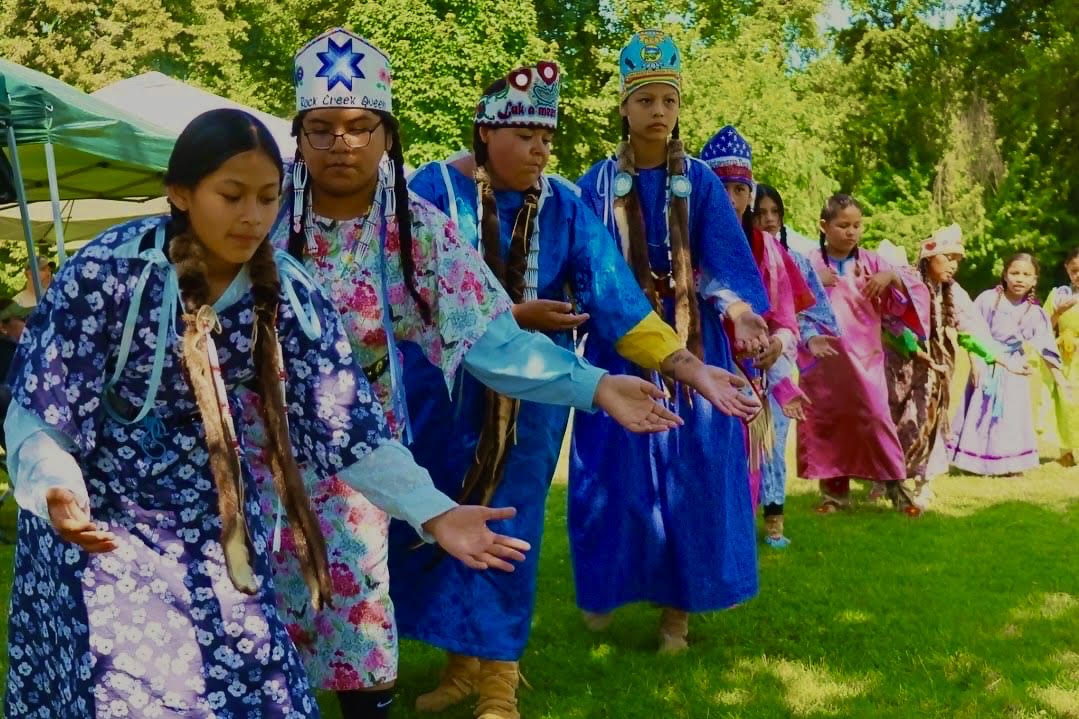Introduction:
The Creator placed all his creations (water, salmon, deer, roots, berries) here to give their voice to the tíin (human) to speak on their behalf. Those humans are the Yakama Nation (Yakama) who have taken on the role as stewards of the air, tiichám (land), and chíish (water.) The Yakama is composed of fourteen tribes and bands who have inhabited the Pacific Northwest Region since time immemorial. Governor Stevens had the enormous task of signing the treaties with the original inhabitants of these sacred lands of Idaho, Oregon and Washington states. The outcome had resulted in cession of millions of acres of land that were home to the cultural resources that the Yakama thrive upon. The Yakama practice their Wáshani faith/ “Way of Life”/Unwritten Laws as has been interpreted through oral testimonies handed down from our ancestors/prophets who were practitioners of the vision quest sites on the sacred landscapes.
In the Treaty of 1855 (951 Stat) ARTICLE 3:
And provided, that, if necessary for the public convenience, roads may be run through the said reservation; and on the other hand, the right of way, with free access from the same to the nearest public highway, is secured to them; as also the right, in common with citizens of the United States, to travel upon all public highways. The exclusive right of taking fish in all the streams, where running through or bordering said reservation, is further secured to said confederated tribes and bands of Indians, as also the right of taking fish at all usual and accustomed (U&A) places, in common with the citizens of the Territory, and of erecting temporary buildings for curing them: together with the privilege of hunting, gathering roots and berries, and pasturing their horses and cattle upon open and unclaimed land.
Pre-Contact
Prior to the settlement of the Hanford Nuclear Reservation, the original inhabitants demonstrated their indigenous knowledge of taking care of their cultural ties to the land and its resources. There lies evidence of burial/cache/camp/fish/legend/village/vision quest sites throughout the Columbia River Plateau. The Yakama recall a time when fish were so abundant that they could practically cross the Columbia River on the backs of the salmon.
The original inhabitants of the towns of Hanford and White Bluffs areas were not all settlers when eminent domain, the power of the government to take private property for public use, was enforced to begin the Manhattan Project. The Yakama were domiciled there during the winter months. They were practicing their “Way of Life” by gathering their traditional foods to stow away for the winter and returned to find themselves displaced. As were the settlers who were given a matter of days to move out. The tribal people were shut out without ever being compensated for the loss of use of their ancestral homelands as protected under the Yakama Treaty of 1855 (951 Stat.)
Manhattan Project and the Atomic Energy Act of 1946 (Amended 1954)
The Manhattan Project development unfolded as the Hanford Nuclear Reservation became one of many project areas of secrecy to the work force and the public at large. The Gable Mountain, Rattlesnake Mountain, Saddle Mountain, Umtanum Ridge and White Bluffs area were used as a buffer zone; these culturally significant landscapes all have a Yakama name. As does the Columbia River which sought to cool the nuclear reactors. There were many workers drawn to these project areas without the knowledge of what they were exactly working on. Not to mention area tribes who were manipulated by the federal government to believe this was enacted to promote peace and security of our nation.
On the testimony by the Late Dr. Russell “Kiáux” Jim to lawmakers in the 1980s, the Yakama were instrumental in keeping the 580-square-mile (1,500-square-kilometer) site from becoming a deep geologic repository where high-level nuclear waste from across the U.S. would be stored indefinitely. It was through this testimony that the Yakama was determined an “Affected Tribe” by the federal government. This was the beginning of the Environmental Restoration/Waste Management Program of the Yakama. The release of 19K documents that ensued would reveal the release of radioisotopes to the environment, primarily Iodine-131. This was an intentional release known as the “Green Run” which was inflicted upon the Washington residents and beyond. The Yakama consume núsux (salmon) at a higher rate than the average person. The salmon along with the lamprey and sturgeon being contaminated has caused a chain reaction to the environment, because we know these species consume plankton in the waterways that are now being contaminated by human use by way of commercial, energy industry, and residential built communities. Birds of prey, namely K’ámamul (bald eagle) consume the salmon. The yáamash (deer) consume the foliage as well as Kákyama (all the living beings) in the area ingest the groundwater from the Hanford Site. All living beings’ health is compromised due to the contaminants of concern (COCs.)
A Cooperative agreement between the federal agency and the Yakama Nation was determined. The federal government has a fiduciary duty and responsibility to the Yakama Nation who oversees ground-disturbing projects on Hanford Site to protect culturally significant places, cultural resources, environment, and traditional cultural places (TCP). While the Yakama are under a DOE Cooperative agreement, It does not necessarily mandate that the federal agency agree or listen to our concerns for ground-disturbing projects, adverse effects to our viewsheds of sacred landscapes or creative mitigations for Memorandums of Agreements (MOA.) We are now facing a directive entitled ‘Clean Up to Clean Energy’ that has further encroached our ancestral homelands by way of small modular reactors (SMRs), pumped storage, solar and wind projects. The ayáyat (beautiful) sacred landscapes and cultural resources will be devastated by the introduction of this ‘green colonization’ of our resources.
Long-term Stewardship (LTS)
The DOE has defined their remedies for the cleanup of the Hanford Site, signed a new Tri-Party Agreement (TPA) with the Washington State Department of Ecology (ECY) and the Environmental Protection Agency (EPA) without consultation with the Yakama. They are currently working on a Hanford Cultural Resources Management Plan which is long past due for the five-year review that never occurred.
The DOE and the U.S. Fish and Wildlife Service (USFWS) were in the process of signing an extension to a Memorandum of Understanding (MOU) and have yet to include the Yakama’s input to this document of utmost importance to the Yakama’s ancestral ceded homelands. Also in question is a state-wide Programmatic Agreement between USFWS and Washington tribes which will be the parent document to the Hanford Reach National Monument Programmatic Agreement between YN, NPT, CTUIR and the Wanapum Band.
A Pat`anaknuwit Tribal Commission co-management group has been established for the Fitzner/Eberhardt Arid Lands Ecology Reserve (ALE) known to the Yakama Nation as Lalíik, a sacred TCP. A meeting took place on May 24, 2023 between the DOE, other federal agencies, and the Yakama, CTUIR, NPT and the Wanapum Band in which all parties committed to negotiating a Lalíik co-management agreement with one another. A Yakama letter to Mr. William White, Senior Advisor for Environmental Management dated July 5, 2023 , stated that the Yakama are willing and fully prepared to take the lead in the Lalíik co-management agreement with our federal counterparts and tribal partners.
Yakama’s Living Culture
Today, the Yakama have retained their indigenous ecological knowledge (IEK) and work diligently to protect their cultural landscapes and resources by being the voice for those who cannot speak for themselves as Tamanwiłámi (Creator) Tamánwit (Laws.)
The Yakama have at times compromised their beliefs with the federal agencies on the Hanford Cleanup Mission due to projects being pushed through. Although we are listed as an affected tribe, it does not always resonate with the turnover of federal agency staff, which happens quite frequently. We attempt to voice our concerns, only to be told there is no other alternative but what is decided by the federal agencies. As we attempt to move forward with the ‘new’ administration, time will tell if we will either make great strides in protective measures or be defeated by the Hanford footprint being recreated all over again.
The Yakama stand firm on our inherent treaty rights to practice our religious beliefs on our sacred landscapes, our right to gather our traditional foods in our U&A gathering areas which includes the Columbia River, the islands and the right for access to our burial grounds. Our ties to the Hanford Area run deep in our veins as we are the descendants of the Yakama matriarchs and warriors of the Columbia Plateau.
The Yakama will continue to be the voice for the cultural resources, land and water by joining forces with the Hanford Advisory Board, the Hanford Natural Resources Trustee Council, the State and Tribal Government Working Group, and with these organizations: The Columbia Riverkeeper, The Hanford Challenge and the Heart of America Northwest. The Environmental Restoration/Waste Management (ER/WM) staff are actively presenting Hanford issues in higher education events, public schools, STEM education, and our tribal community. The Yakama also participate in the Affiliated Tribes of the Northwest (ATNI) and the National Congress of American Indians (NCAI.)
Our tribal leadership comprises 14 tribal council members who represent the Confederated Tribes and Bands of the Yakama Nation. There are three general council executive officers who represent the general membership who provide oversight of the tribal government with the Code of Ethics Board. There is an annual general council meeting to determine matters of great importance which includes elections of tribal/general councils; the gaming commission officers for our Legends Casino; and annual reports by the BIA and tribal programs and enterprises. Our ER/WM program provides a presentation for our Radioactive/Hazardous Waste Committee which has four appointed tribal council members.
The Yakama had the foresight to ratify resolution no. T-72-79 stating: NOW’ THEREFORE’ BE IT RESOLVED that nuclear waste residues, fuels, products and by-products from nuclear material are, from this day forward NOT PERMITTED within the borders of the Yakama Indian Nation nor are said nuclear material permitted to cross said lands by any conveyance, whether by Land, rail, air, or water; and there is a public document that the Yakama does not support the further development of nuclear arms due to the DOE not having a radioactive high-level waste (HLW) deep geological repository, as required under the Nuclear Waste Policy Act. In addition, the Yakama sent a letter dated Feb. 24, 2024 to Mr. Chris Stearns, House Representative-WA State, re: Clean-up Hanford Before Adding Nuclear Facilities and Contaminants that reiterates what past tribal leadership enacted for the preservation, protection and perpetuation of our Yakama culture and resources.
When we raise concerns and advocate for our cultural and religious sites, it is with a longing to reconnect with our ancestral lands, burial grounds, U&A gathering areas, and vision quest areas. Our bloodline is there, our way of life is so intricately connected to the sacred landscapes that it is vital to our mental, physical and spiritual health to return to the birthplace of our belief system. When I step on the ancestral lands while doing tribal monitoring of projects causing ground-disturbing activities, it is with a glimpse of hope that the land will someday be healthy enough to have my grandchildren, great-grandchildren and so forth be able to follow my footprints.
We are not going anywhere; we are here to teach our future generations about their inherent reserved rights to place their footprints in their ancestral homelands as was intended. The Yakama myánashmaman (children) have birthrights to the sacred places to retain their cultural identity in today’s fast-paced society. It is the Yakama way to show our children their cultural ways and speak their native tongue on the landscapes. This way, they know the importance of taking care of these places, resources and themselves. Our myánashmaman learn at a very young age that they are the next generations of stewards of the land.
~Trina D. “Twásɨklay” Sherwood, Cultural Specialist
Yakama Nation-Environmental Restoration/Waste Management Program


STEM Coordinator and sitting is Rose Ferri, Projects Tracking Analyst. They attended
an event called “Racism & the Atomic Bomb.”
1855 Treaty with the Yakamase
T-72-79 Yakama Nation Resolution
References: “Ichishkíin Sínwit” 2009 by Virginia Beavert & Sharon Hargus
Interview of Russell Jim by the Atomic Heritage Foundation (Sept. 1, 2003)
Yakama Treaty of 1855 (951 Stat)
Yakama Nation Resolution T-72-79
ER/WM Staff: Rose Ferri; McClure Tosch; Laurene Contreras; Luciana Chester

